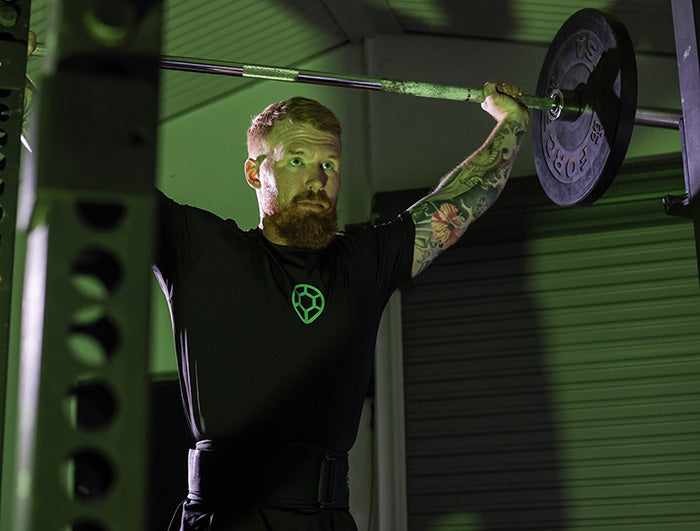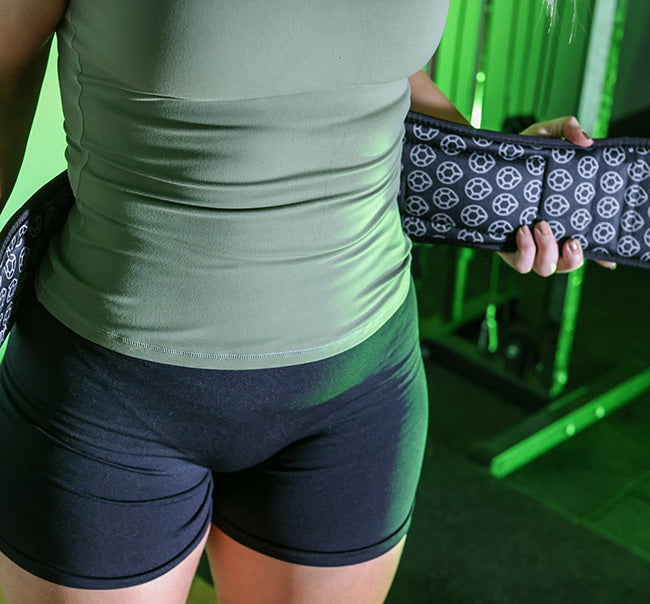
IPF POINTS CALCULATOR
WHAT ARE IPF POINTS?
HOW ARE IPF POINTS CALCULATED?
WHAT IS A GOOD IPF POINTS SCORE?
ARE THERE ANY ALTERNATIVES TO IPF POINTS?
Title
CONTENT AUTHOR:




